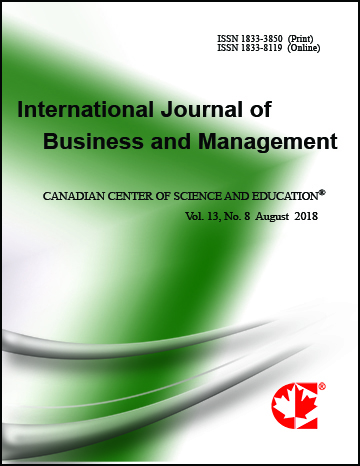An Application Framework for the Loss Aversion Distribution: Insights for Marketing, Education, and Digital Adoption
- Daniel Koh
- Zulkifli Jalil
Abstract
This paper introduces a structured framework for applying the Loss Aversion Distribution (LAD) model, a novel approach to understanding time-sensitive decision-making behaviors influenced by loss aversion. The LAD model provides actionable insights for industries by capturing how perceived value diminishes over time, optimizing pricing strategies, improving student performance, and enhancing digital adoption within organizations. Specifically, LAD is applied to consumer pricing strategies, helping businesses determine optimal discounting approaches for perishable goods based on consumers’ loss-averse purchasing behavior; student study behavior, identifying patterns in procrastination and urgency before final examinations to support targeted educational interventions; and digital adoption in workplaces, addressing employees' resistance to new technologies by predicting adoption trends and informing change management strategies. By providing a generalizable and adaptable framework, LAD bridges the gap between behavioral economics and practical decision-making, making it a valuable tool for businesses, educators, and policymakers seeking to enhance outcomes in time-sensitive environments.
- Full Text:
 PDF
PDF
- DOI:10.5539/ijbm.v20n2p1
Journal Metrics
Index
- ACNP
- AIDEA list (Italian Academy of Business Administration)
- ANVUR (Italian National Agency for the Evaluation of Universities and Research Institutes)
- CNKI Scholar
- EBSCOhost
- EconPapers
- Electronic Journals Library
- Elektronische Zeitschriftenbibliothek (EZB)
- Excellence in Research for Australia (ERA)
- Genamics JournalSeek
- IBZ Online
- IDEAS
- iDiscover
- JournalTOCs
- Library and Archives Canada
- LOCKSS
- MIAR
- National Library of Australia
- Norwegian Centre for Research Data (NSD)
- PKP Open Archives Harvester
- Publons
- Qualis/CAPES
- RePEc
- ROAD
- Scilit
- SHERPA/RoMEO
- WorldCat
- ZBW-German National Library of Economics
Contact
- Stephen LeeEditorial Assistant
- ijbm@ccsenet.org
